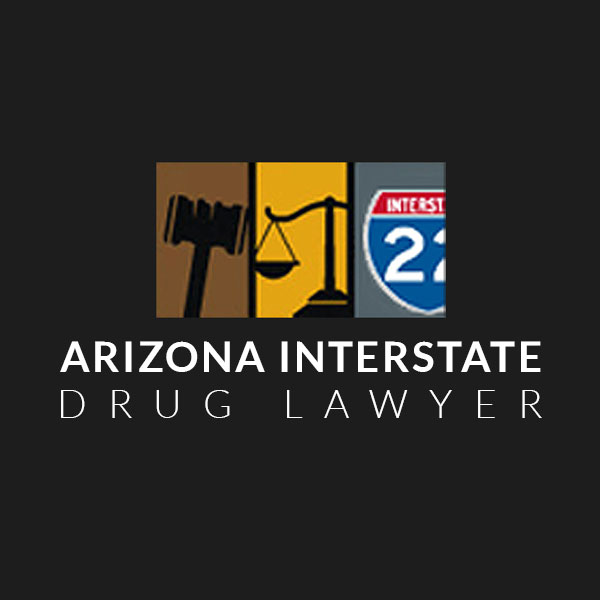Drug Busts– Narcotics Surveillance
Law enforcement will in many cases focus on known drug corners by setting up surveillance from an undercover motor vehicle or another confidential location. The “eyes” or officer watching will wait for a dealer to start selling, with back-up units waiting in cars in the surrounding location. Within a couple of hours, police will confirm that a money transaction has taken place between the buyers and the dealer. The dealer may leave to retrieve the drugs from another area, such as a drainpipe or house, which will also be accounted for.
Once the drugs have been traded for money, the buyers will be tracked by the “eyes” until the back-up unit stops and searches them. If the detained buyers are identified to have drugs in their possession, then the officer’s suspicions are confirmed and backup goes into position for the “take down.” If the dealer is apprehended and has no drugs on their person, a case can still be made if they are found to have drug money. The site where the dealer brought back the drugs can also be tracked and the drugs uncovered. Again, no drugs were really seen on the dealer, but the prosecution has more than enough proof to substantiate the defendant guilty of possession with intent to deliver.
Drug Busts– Conspiring to Sell Drugs
As any businessmen will tell you, it requires a lot of employees to manage a business and drug businesses are no different. The dealer alone can not take care of the entire operation, so he needs small time dealers on the highways to move the “product.” He hires individuals as “lookouts” to make certain police are not attempting to shut down the corner, similar to loss prevention officers at department stores. Someone must provide the dealer with the drugs he is selling and supply him more drugs when he is all out. And since no dealer wants to have way too much cash on the corner in the event of an arrest, someone should take and store the money off the corner. Law enforcement observes their actions and arrests people working with the dealer as co-conspirators, even though none of them were in possession of drugs at the time they were apprehended.
Drug Busts– Traffic Stops
Arizona police come up with all sorts of reasons to stop vehicles in heavy drug trafficking areas, like the now infamous Interstate 40. Neglecting to turn on a signal, passing through a stop sign, and a broken tail light are just some of the superfluous reasons police use to pull someone over if they suspect the driver has drugs on him. If the police move toward a car and see furtive movements towards the floor of vehicle, or if the driver seems very apprehensive, then the officer has a right to “fear for their safety.” They will then probably ask the driver for consent to inspect and search the car.
If the initial search of the car does not yield drugs, the driver can still be apprehended if he is found to have plastic baggies or wads of money on his person. Suspecting drugs are in the car, the policeman will then get a search and seizure warrant for the car, and will likely take on the K-9 unit. Upon implementation of the warrant, police inevitably find more baggies and the drugs hidden in the car. At the time of arrest, the car driver did not have any drugs on him, but the proof is pretty strong that he constructively acquired the drugs with the intent to sell them.
Drug Busts– Postal Service Interdiction
Many drug dealers have couriers that send off drugs by means of the mail from source states. There are instances when the recipient is not even conscious that the package includes drugs, as typically they are just told to sign for the package and inform the dealer upon its time of arrival. The moment police in the source state get a warrant to open the package, they can affirm that there are drugs inside of it. Police then seize the package at the post office, seal it up and send it to its chosen place; however, instead of a normal mailman delivering the package, it is a policeman or postal police officer in disguise. At this point, the police have already acquired an awaiting search warrant from a magistrate to serve on the source house, if all goes as arranged. As soon as the receiver is paid and the package is brought to the dealer, the car is stopped and the package recovered. Each of the passengers of the car are captured and charged with possession with intent to deliver marijuana, conspiracy, and associated offenses.
The package was not on either the driver or passenger at the time of their arrest and the driver was never seen holding the drugs. But again, the proof of their possession and intent to deliver the drugs seized is fairly strong. They could possibly attempt to declare that they had no information of what was in the package or the driver could contend mere presence, but defending a case similar to this would be tough.
Drug Busts– Search and Seizure
All drug dealers need to stock their drugs at some venue just before they are sold on the streets. In many cases, personal tipsters or secret informants give the police information about homes where drugs are being kept and sold. Surveillance is then created and they keep an eye on buyers as they approach the house and exchange money for drugs, while buyers are often stopped and searched for drugs. Covert officers and confidential informants also use pre-recorded buy money to make purchases from dealers selling from houses.
Once enough proof has been collected to prove that drugs are being sold from a property, the police seek permission to execute a search and seizure warrant on the house. Once done, the drugs, drug paraphernalia, and pre-recorded buy money are taken from the property as proof of residence and other evidence of drug activity.
Later on, the undercover cop will identify the people who responded to the door and done business with the buyers and arrest him for PWID. He may have no drugs on him, but there will probably be evidence in his home connecting him to the drug sale transaction, like power bills and documents or letters in his name at that address, a weapon in his possession, and pre-recorded buy money that was made use of hours earlier when a source made a purchase inside the house– all creating strong direct and circumstantial evidence that he was running a drug business from the location.
Conclusion
You do not need to be in possession of drugs during the time of your capture or be seen supplying or selling off drugs to be charged with possession with intent to deliver. It is what you intend to do with drugs that you actually or constructively possess that becomes a legal concern. In spite of these cases which illustrate convincing proof of guilt, that does not mean that there are no defenses to possession with intent to deliver charges in drug arrests.
Intent to deliver drugs is a very major charge, the distinction which is almost always a felony; although, it is often determined by the number of grams of the drug that are in the individual’s possession or were supplied. For example, possession of methamphetamine is a class 4 felony that can be elevated to a class 2 felony when the amount possessed exceeds the prescribed threshold amount of 9 grams. The sale or possession for sale of less than 2 pounds of marijuana is considered a class 4 felony that carries a prison sentence of 1 to 3.75 years and fines of up to $1,000.
The likelihood of prison time can be high for these kinds of drug busts. That is the reason why contacting a dependable law agency is important. Without the proper legal representation, your civil rights will be ignored and your trial outcome worrisome.
Recent Posts
- Morgan County jailer charged with drug trafficking
- Murray Bridge woman charged for trafficking ice
- How To Get The Best Interstate Drug Trafficking Lawyer in Santa Cruz County AZ
- How To Get The Best Interstate Drug Trafficking Lawyer in Apache County AZ
- How To Get The Best Interstate Drug Trafficking Lawyer in Maricopa AZ

